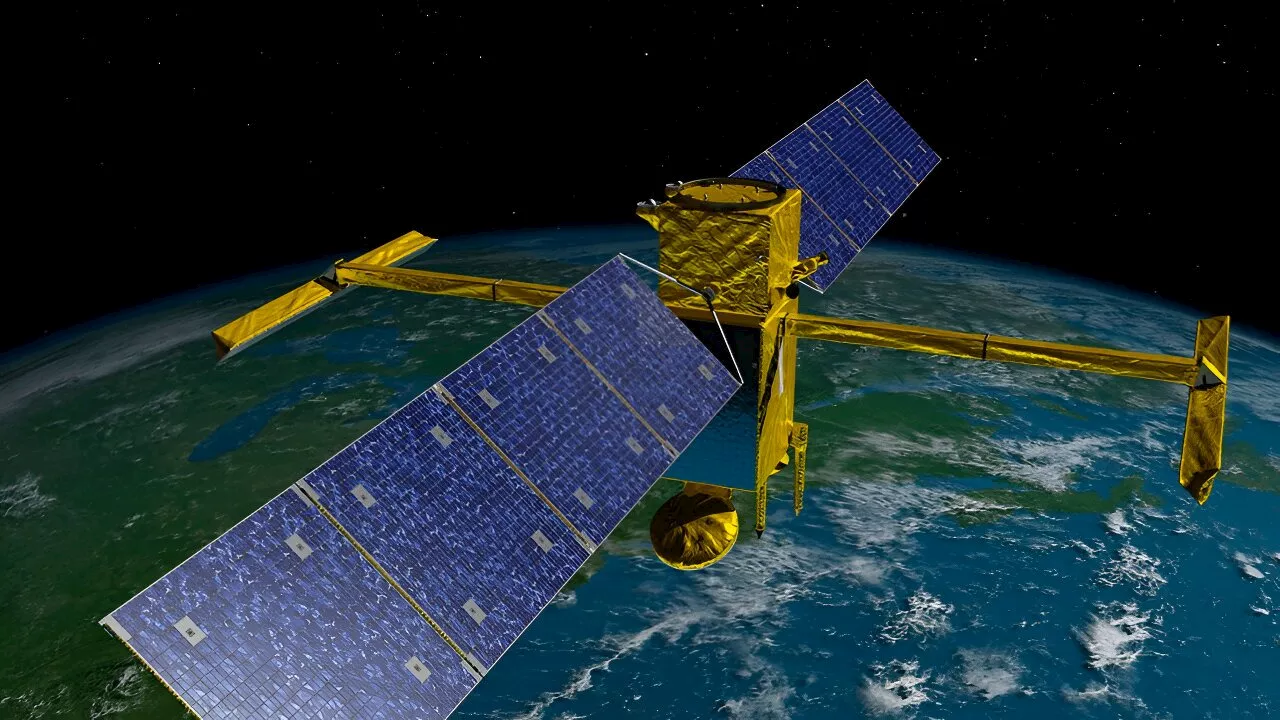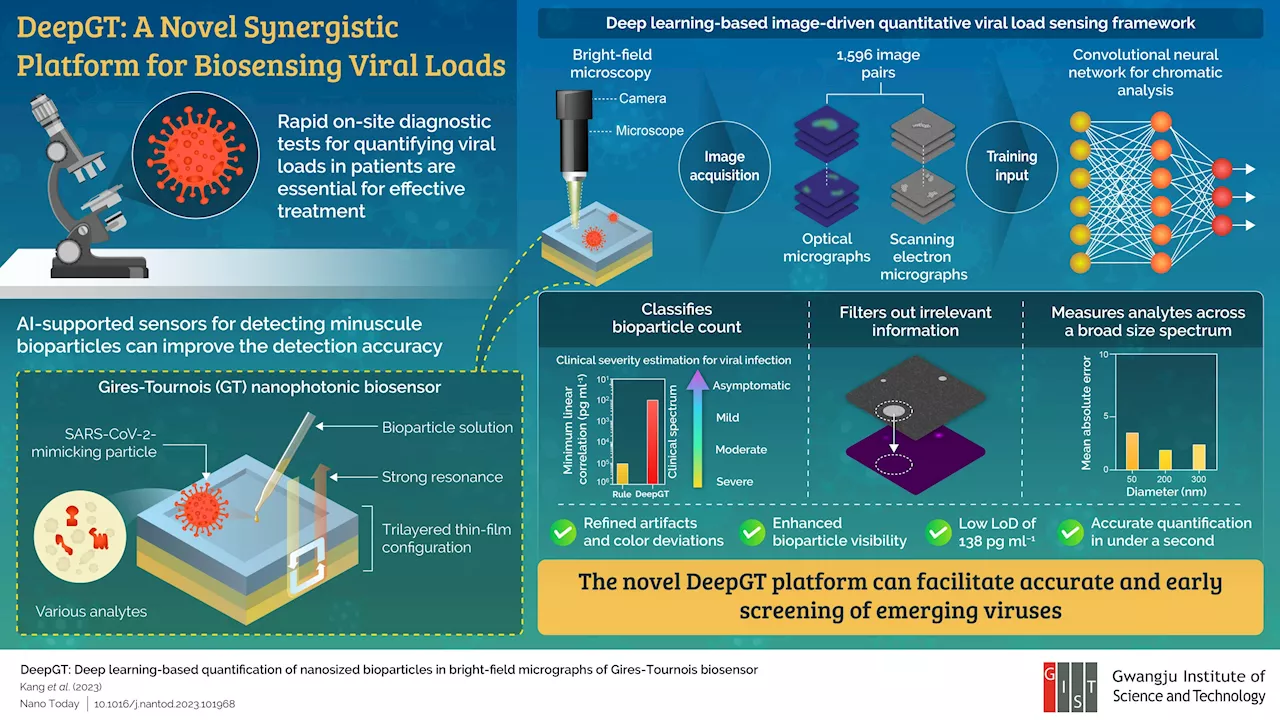Space and astronomy news
Plenty of recent mainstream news articles have touted AI’s ability to assist in the process of scientific discovery. But most of them predicted that it could take years or even decades to see the full effect. Astronomy seems ahead of the curve, though, with the announcement of a new AI system developed by researchers at Northwestern University and elsewhere that can now autonomously detect and classify supernovae.
BTSbot’s work is simple – crawling through massive databases, looking for a bright point of light that wasn’t there before. Those bright points represent one of the most fantastical of all astronomical phenomena – supernovae. And typically, it’s a herculean manual effort to find them.
Luckily, BTSbot doesn’t get bored, so it is well-placed to do that trawling. But it’s also well placed to integrate into some automated infrastructure already in the supernovae hunting community. To understand how it’s probably easiest to talk through BTSbot’s first discovery of a supernova – though admittedly, the supernova it found, known as SN2023tyk, had already been found via the traditional manual search as well.
SNIascore’s specialty is determining what kind of supernova an explosion was. It analyzes the spectra provided by both ZTF and Palomar and compares them to known values of other types of supernovae. It is not terribly tricky statistically, but it is still an impressive process when combined with the automated capture and analysis steps that came before it.
Deutschland Neuesten Nachrichten, Deutschland Schlagzeilen
Similar News:Sie können auch ähnliche Nachrichten wie diese lesen, die wir aus anderen Nachrichtenquellen gesammelt haben.
 LinkedIn Feed Evolution: More Granular and Powerful Machine Learning, Humans Still in the LoopLinkedIn is a case study in terms of how its newsfeed has evolved over the years. Recently, a major update was rolled out; here's how it works
LinkedIn Feed Evolution: More Granular and Powerful Machine Learning, Humans Still in the LoopLinkedIn is a case study in terms of how its newsfeed has evolved over the years. Recently, a major update was rolled out; here's how it works
Weiterlesen »
 Machine learning provides a clearer window into ocean motionOceanographers use satellites to peer down at Earth and measure the elevation of the ocean's surface. This information can help them map the circulation of the ocean's currents and understand the role this movement plays in heat transport and climate change.
Machine learning provides a clearer window into ocean motionOceanographers use satellites to peer down at Earth and measure the elevation of the ocean's surface. This information can help them map the circulation of the ocean's currents and understand the role this movement plays in heat transport and climate change.
Weiterlesen »
 Economists propose algorithm for flexible management of innovative enterprise for sustainable developmentEconomists from RUDN University have created a methodology based on mathematical modeling to manage production effectively with rapidly emerging innovations. The results were published in Sustainability.
Economists propose algorithm for flexible management of innovative enterprise for sustainable developmentEconomists from RUDN University have created a methodology based on mathematical modeling to manage production effectively with rapidly emerging innovations. The results were published in Sustainability.
Weiterlesen »
 Funding Hamas: Crypto, Iran in Washington's crosshairsHamas’s ‘giant machine’ of fundraising has withstood U.S. pressure for decades
Funding Hamas: Crypto, Iran in Washington's crosshairsHamas’s ‘giant machine’ of fundraising has withstood U.S. pressure for decades
Weiterlesen »
 Scientists develop deep learning-based biosensing platform to better count viral particlesRecent studies have found that Gires-Tournois (GT) biosensors, a type of nanophotonic resonator, can detect minuscule virus particles and produce colorful micrographs (images taken through a microscope) of viral loads. But they suffer from visual artifacts and non-reproducibility, limiting their utilization.
Scientists develop deep learning-based biosensing platform to better count viral particlesRecent studies have found that Gires-Tournois (GT) biosensors, a type of nanophotonic resonator, can detect minuscule virus particles and produce colorful micrographs (images taken through a microscope) of viral loads. But they suffer from visual artifacts and non-reproducibility, limiting their utilization.
Weiterlesen »
 SharpRISCV Overview: A Browser-Based RISC-V Assembler for Seamless Learning and ExplorationRISC-V stands out as an open-source instruction set architecture that offers flexibility and adaptability.
SharpRISCV Overview: A Browser-Based RISC-V Assembler for Seamless Learning and ExplorationRISC-V stands out as an open-source instruction set architecture that offers flexibility and adaptability.
Weiterlesen »
